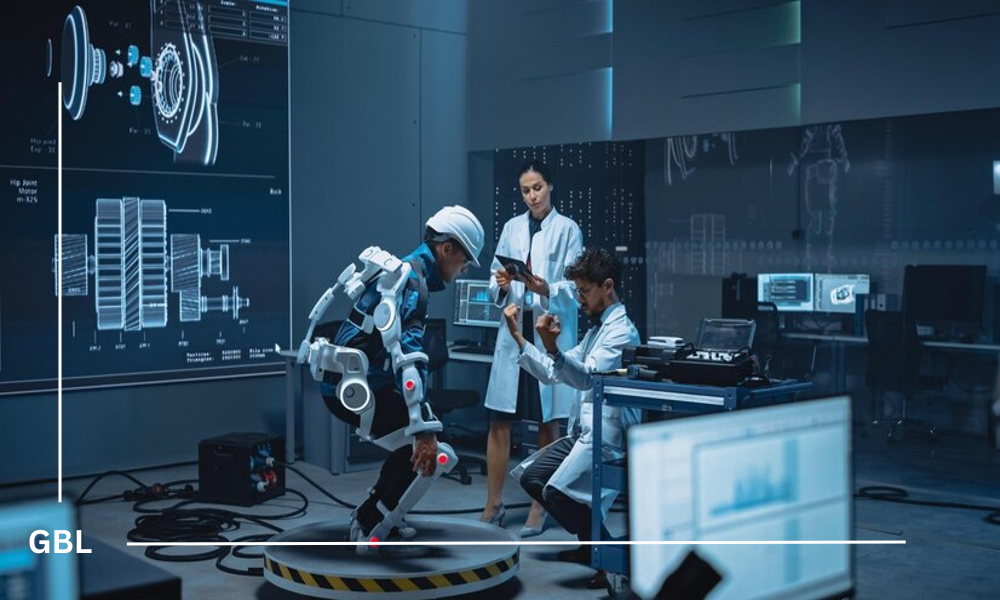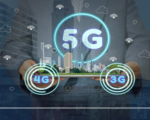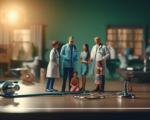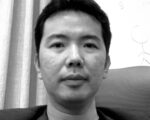In the corridors of hospitals and clinics around the world, a quiet revolution is underway, led not only by cutting-edge technology but also by the stories of individuals whose lives have been touched by the transformative power of medical robotics.
Meet Emily, a vibrant teenager with a passion for dance, whose dreams were nearly shattered when she was diagnosed with a rare spinal condition requiring delicate surgery. With traditional procedures carrying significant risks and long recovery times, Emily’s family faced a daunting decision. However, hope emerged in the form of robotic-assisted spinal surgery, offering a minimally invasive approach with precise navigation through her intricate spinal anatomy. Thanks to the expertise of her surgical team and the assistance of robotic technology, Emily underwent a successful procedure, dancing her way back to health with renewed vigor and gratitude.
For John, a devoted husband and father, a routine check-up revealed a diagnosis of prostate cancer, plunging him into uncertainty and fear. With traditional treatment options carrying potential side effects impacting his quality of life, John turned to robotic-assisted surgery for a solution. Guided by skilled surgeons using robotic arms equipped with advanced imaging, John underwent a prostatectomy with minimal blood loss and a rapid recovery, allowing him to return home to his family sooner and with newfound optimism for the future.
Behind each medical breakthrough lies the dedication and expertise of healthcare professionals like Dr. Sarah Reynolds, whose unwavering commitment to her patients drives her pursuit of excellence in cardiothoracic surgery. With robotic-assisted systems at her disposal, Dr. Reynolds navigates complex procedures with precision and care, delivering life-saving interventions while minimizing the impact on her patients’ bodies and lives.
Beyond the operating room, medical robotics is transforming the landscape of healthcare access, reaching communities far and wide with innovative tele-robotic solutions. In rural villages and underserved regions, patients like Maria, who once faced barriers to specialized care, now have access to expert consultations and surgical guidance through remote robotic technologies, bridging the gap between distance and healing.
As we celebrate the triumphs of individuals like Emily, John, and Maria, we bear witness to the profound impact of medical robotics on human lives. Through stories of courage, resilience, and hope, we glimpse the future of healthcare—a future where technology and humanity converge to empower individuals on their journey to wellness and wholeness.

















